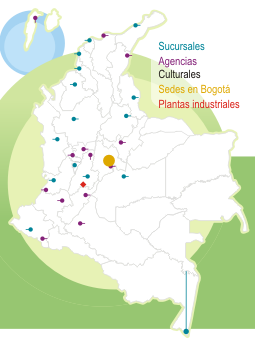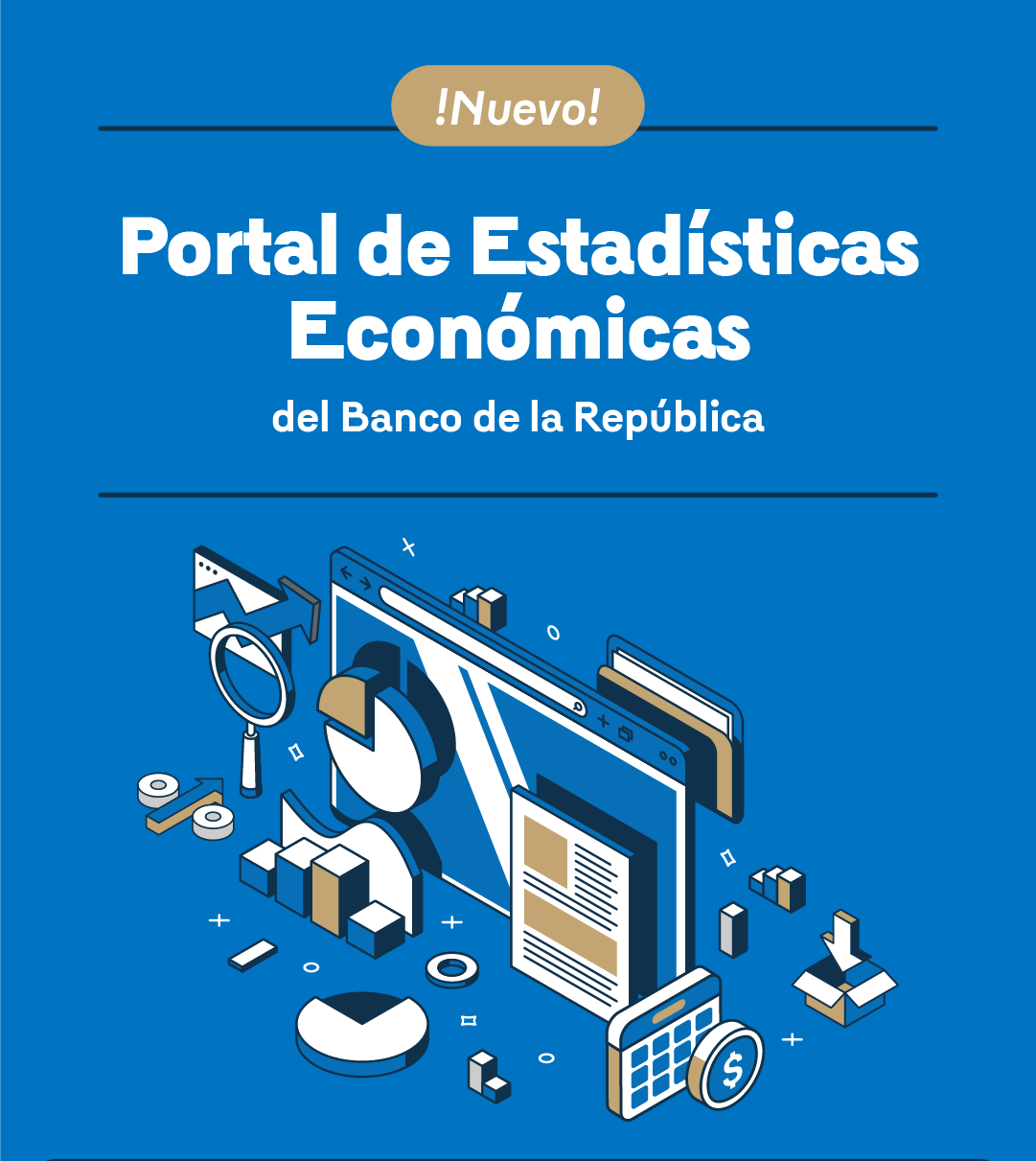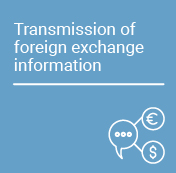Financial Markets Report - Third Quarter of 2016
The main purpose of these documents is to provide quarterly information on financial markets. Opinions and possible errors are the sole responsibility of the author and their contents do not compromise the Board of Directors of Banco de la República (the Central Bank of Colombia, Banrep).
Banco de la República (the Central Bank of Colombia) produces information intended for decision-making and accountability processes as well as for public knowledge. In particular, the Financial Markets Report responds to the principle of public dissemination, thus contributing to the Bank’s service of providing quality economic information and research.
In line with the above, this report seeks to provide the public with a general analysis of the performance and trends of domestic and international financial markets. Additionally, the report points out the main factors that explain the performance of these markets, as well as their interactions. The report also presents an overview of the main changes in monetary policy and central bank decisions worldwide.
In the third quarter of 2016 (3Q16), international financial markets showed better conditions than those observed in the second quarter of the year. This was reflected in lower levels of risk perception indexes, the weakening of the US dollar against its main peers, the appreciation of some stock indexes, and the recovery of portfolio investment flows to emerging countries. During this period, the markets continued to be particularly attentive to the evolution of the economic indicators in the US and the macroeconomic conditions that would determine future movements of the US Federal Reserve's monetary policy rate. Additionally, in the third quarter, expectations of ample liquidity conditions and expansionary monetary policies in other developed countries continued in the face of relatively weak economic activity indicators, political events, and low inflation levels. Finally, the mixed performance of commodities, and particularly the uncertainty surrounding an agreement that would freeze oil production, contributed to the volatility in risk perception observed during the quarter.
In Colombia and in the region, the evolution of the markets did not differ much from that of the global markets, such that price increases were observed in the stock, exchange, and fixed-income markets. However, some political issues, such as the US elections, could have marked differences in market performance among the region's countries, causing markets, such as the Mexican market, to show a less favorable performance.
The document is divided into eight sections, with this introduction being the first. Section two presents an executive summary of the document. Section three describes the most significant developments in the international economic environment. Subsequently, section four presents the performance of the main local risk perception indicators. Section five describes the global and local foreign exchange market. Section six presents an analysis of the money and fixed-income global and local markets. In addition, section seven describes the performance of the local primary private debt market. Finally, section eight analyzes the performance of the regional and local stock markets.






































































